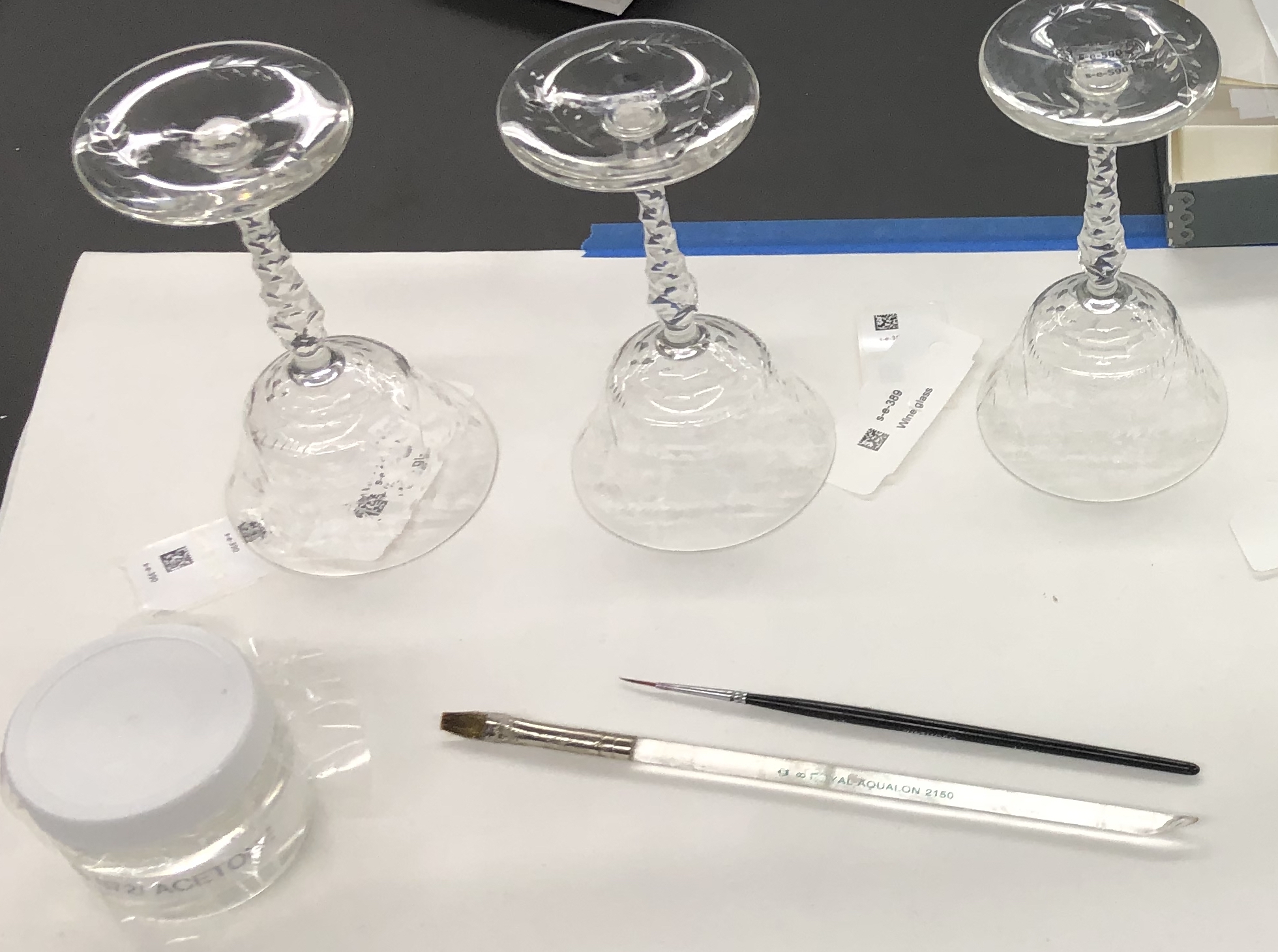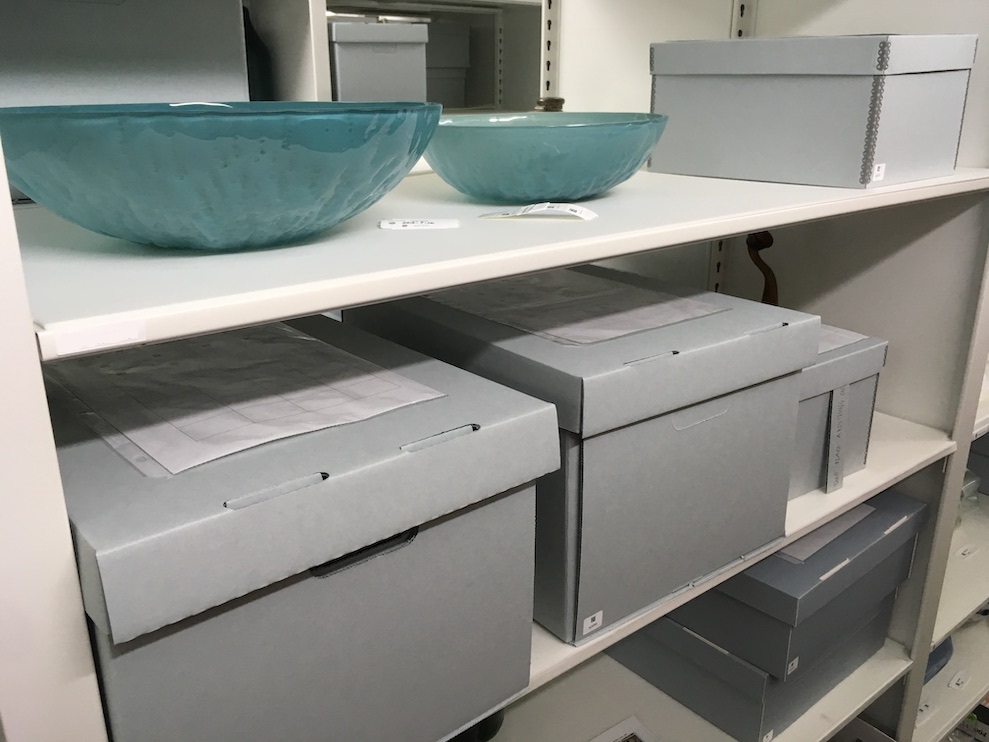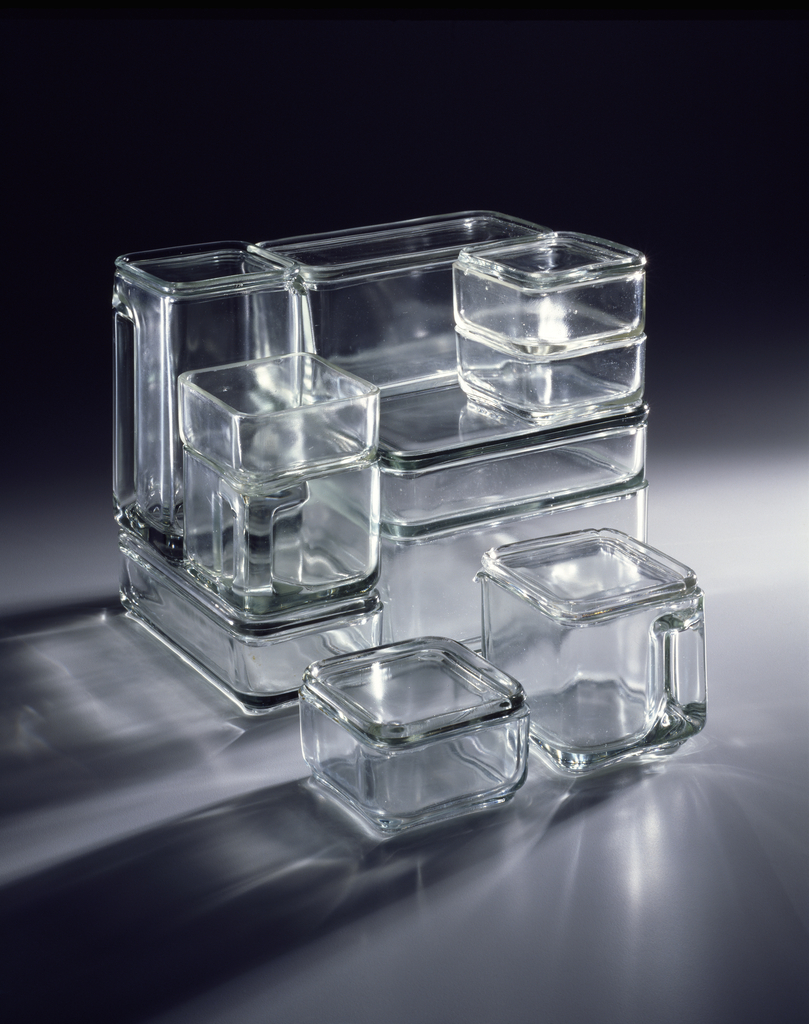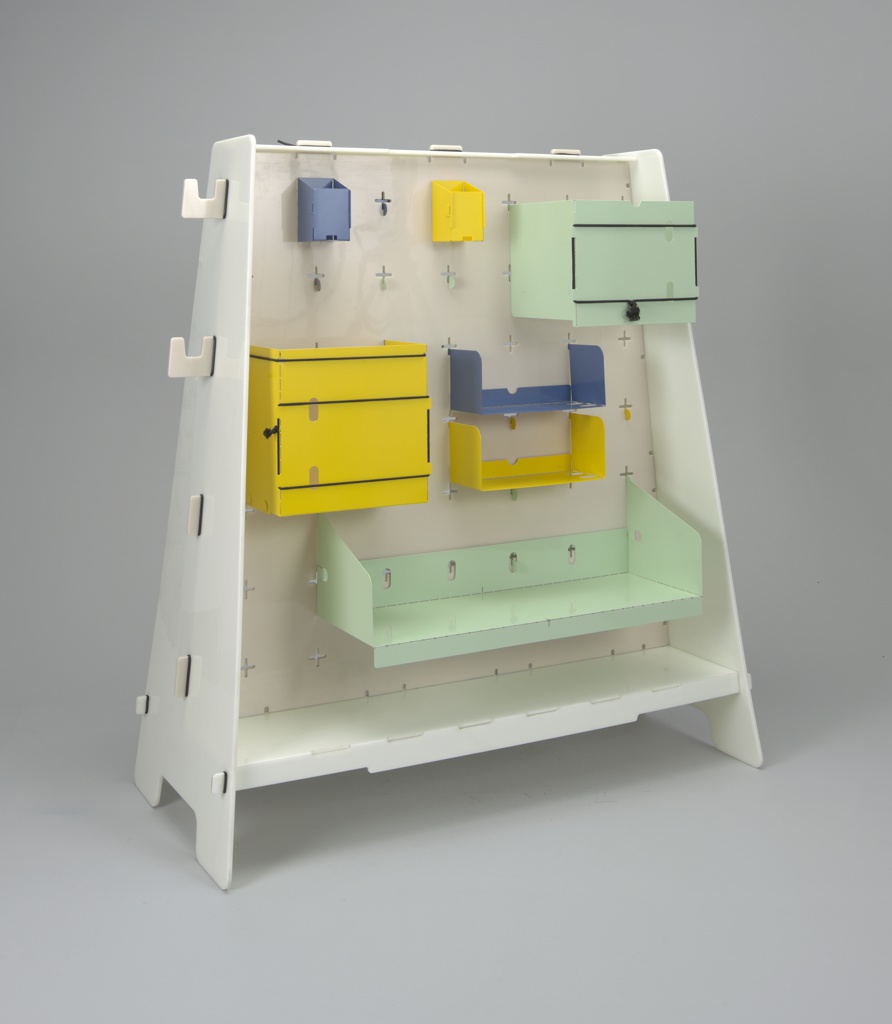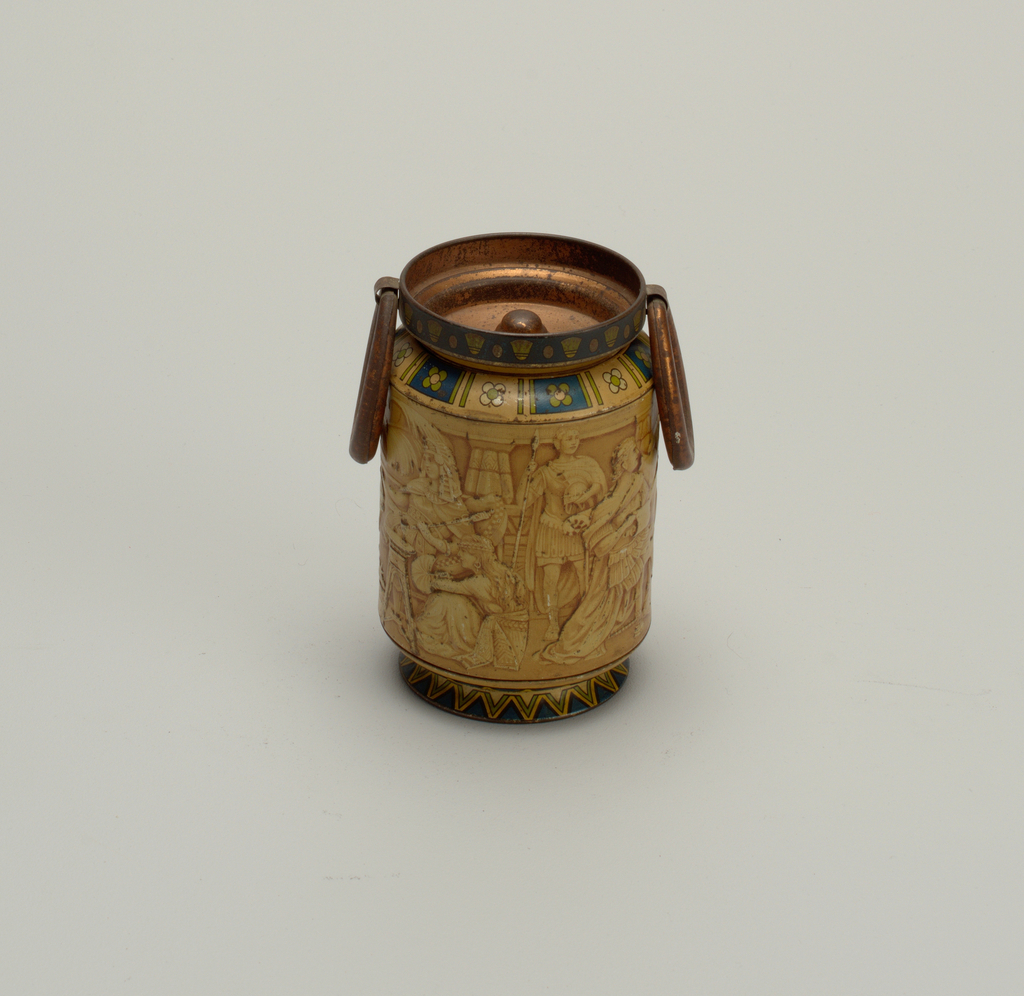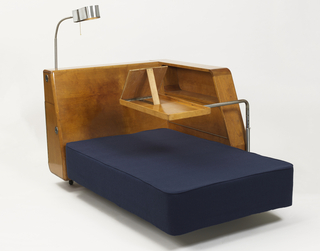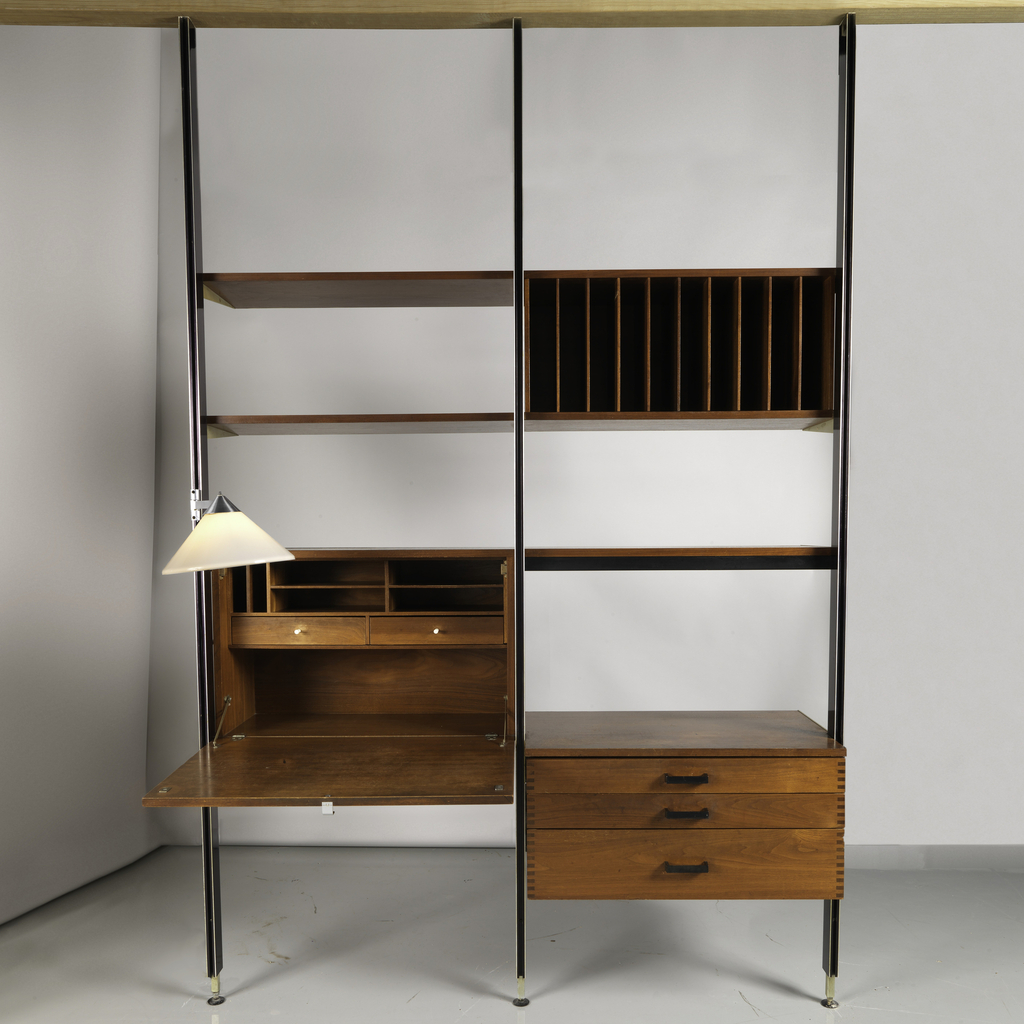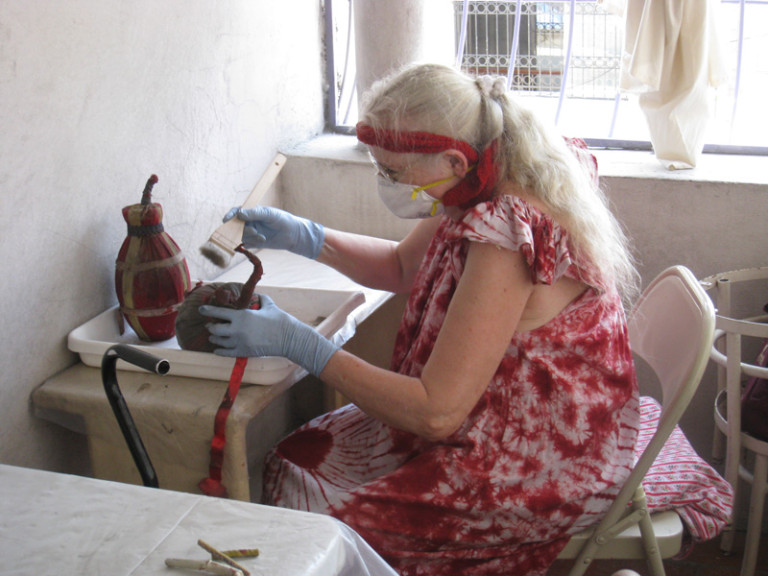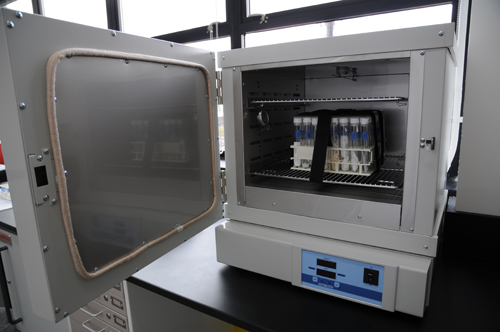This post was written by guest authors Martha Singer, Mette Carlsen, Jakki Godfrey, and Kerith Koss Schrager, a team of contract conservators who carried out Cooper Hewitt’s recent glass rehousing project. Today we’re taking a behind-the-scenes look at the nitty-gritty of object numbering in the museum. Object numbers aid in tracking storage locations and other...
This post was written by guest authors Martha Singer, Mette Carlsen, Jakki Godfrey, and Kerith Koss Schrager, a team of contract conservators who carried out Cooper Hewitt’s recent glass rehousing project. The Product Design and Decorative Arts department at Cooper Hewitt contains over 40,000 objects in all, and has a long history of collecting glass...
Author: Zenia Malmer The ‘Kubus’ clear glass stacking and modular storage system was created in 1938 by German designer Wilhelm Wagenfeld (1900-90), who frequented the Bauhaus school in the former Weimar Republic. Kubus, which was manufactured by Lausitzer Glasverein, was one of Wagenfeld’s most well-known affordable designs in pressed glass that he created for commercial...
Today’s Object of the Day celebrates the winners of Cooper Hewitt’s National Design Awards. Honoring lasting achievement in American design, the Awards take place annually during National Design Week, with festivities for all ages celebrating design creativity and innovation. This inventive prototype for a storage system is at once playful, inventive and multifunctional. Blu Dot,...
As part of Cooper Hewitt’s product design and decorative arts collection, this particular object is a rather unique representation of two historical elements: the design ingenuity of a British Quaker company that enjoyed tremendous success from its inception in 1822 onwards, and an architectural, decorative arts and design style known as the Egyptian Revival. Huntley...
This stylishly and supremely practical day bed reflects a collaboration between Frederick Kiesler and Marguerita Mergentime. It was created for Mergentime’s NYC apartment in the mid-1930s, and is Kiesler’s only known residential commission. Containing three storage compartments, a bookshelf, a swing-out bed tray for reading or eating, and an attached lamp, the bed is really...
Herman Miller introduced George Nelson’s Comprehensive Storage System (CSS) in 1959 and produced it until 1973. Available in a variety of wood finishes, the CSS could also be customized to fit the needs of customers, thanks to its modular units that included shelves, drawers, and desk units, such as the CSS in the museum’s collection....
Bethany Romanowski (background) and Sarah Scaturro work on the Marianne Lehmann Vodou Collection, Port-au-Prince, Haiti, July 2011. Photo: Sarah Scaturro, © Smithsonian Institution From July 11 to 24, 2011, Cooper-Hewitt Assistant Registrar Bethany Romanowski and I were in Port-au-Prince, Haiti as participants in the Smithsonian’s Haiti Cultural Recovery Program. The goal of the program is...
Developing a preservation system at Cooper-Hewitt, National Design Museum to protect Product Design and Decorative Arts collection objects on new compact storage units began with identifying specific design requirements (see Design to Preserve: Part 1). Object Conservators at the Museum are currently selecting and testing archival materials to create adaptable and effective support components for...
A critical element of the Cooper-Hewitt, National Design Museum’s Re:Design project is a new off-site conservation, study, and storage facility, designed to the highest preservation standards and built over the past several years. In order to maximize the space, the new storage facility is outfitted with mobile compact storage units as well as static units...
Over the next two weeks on the Cooper-Hewitt Design Blog, students from an interdisciplinary graduate-level course on the Triennial taught by the Triennial curatorial team blog their impressions and inspirations of the current exhibition,‘Why Design Now?’. Just what, exactly, is MIT’s CityCar? It is a car, yes, and a tiny one at that. It looks...
Many families are still crowded into one-bedroom FEMA trailers even 2 years after Hurricane Katrina devastated the US Gulf Coast. The Building Goodness Foundation has been providing relief to these cramped conditions building extra rooms for storage or a living room, even an extra bedroom. Over 150 of these extra rooms have been built in...
